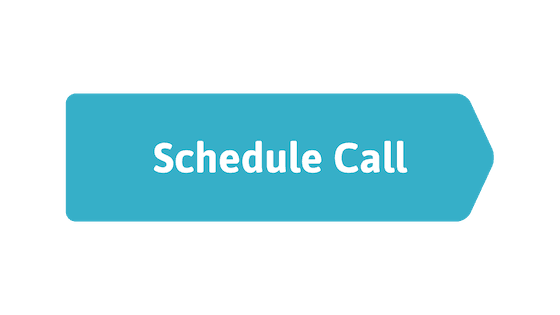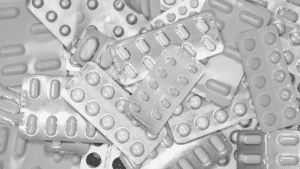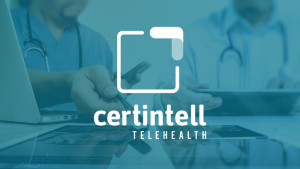Telehealth is defined by The Center for Connected Health of the Public Health Institute
Who is The Center for Connected Health Policy (CCHP)?
The Center for Connected Health Policy was founded in 2008 and is a program of the Public Health Institute. It is supported by a grant from the Office for the Advancement of Telehealth, Health Resources and Services Administration, DHHS.
What is the definition of Telehealth?
“Telehealth is a collection of means or methods for enhancing health care, public health and health education delivery and support using telecommunications technologies. Telehealth encompasses a broad variety of technologies and tactics to deliver virtual medical, health, and education services. Telehealth is not a specific service, but a collection of means to enhance care and education delivery.” – CCHP
Recognized Modalities of Care Involving Telehealth:
As defined by the National Telehealth Resource Center, “telehealth encompasses four distinct domains of applications. These are commonly known as:
- Live Videoconferencing (Synchronous): Live, two-way interaction between a person and a provider using audiovisual telecommunications technology.
- Store-and-Forward (Asynchronous): Transmission of recorded health history through an electronic communications system to a practitioner, usually a specialist, who uses the information to evaluate the case or render a service outside of a real-time or live interaction.
- Remote Patient Monitoring (RPM): Personal health and medical data collection from an individual in one location via electronic communication technologies, which is transmitted to a provider in a different location for use in care and related support.
- Mobile Health (mHealth): Health care and public health practice and education supported by mobile communication devices such as cell phones, tablet computers, and PDAs. Applications can range from targeted text messages that promote healthy behavior to wide-scale alerts about disease outbreaks, to name a few examples.”
See the full framework that defines telehealth here, finalized by CCHP and other members of the National Consortium of Telehealth Resource Centers “to help policy makers, practitioners, payers, and the public understand how to accurately apply “telehealth” and its key components.” – CCHP
Telehealth Modalities Covered by Certintell Solutions
Remote Patient Monitoring (RPM)
RPM allows a provider to continue to track health care data for a patient once released to their home or a care facility, with the goal of reducing readmission rates. RPM can also serve to reduce the number of hospitalizations, readmissions, and lengths of stay in hospitals. RPM helps improve the quality of life and reduces costs. Providers who already use this technology have seen a 38% reduction in hospital readmissions due to RPM services.¹
Certintell enables RPM through proprietary technology advancements for patients to gather their health data. This includes hardware (Gateway, Transmitter, and Weight Scales) and web-based software. The results are shared with health care providers so they can guide a patient’s lifestyle choices.
Live Video
Live Video is used as a substitute for in-person encounters when it is not available and can provide cost-effective access to care. Patients in rural areas often have to travel about twice the distance of those in urban and suburban areas to receive health care.² Live video is a viable option for patients in rural areas with limited access to health care to receive the care they need without the burden of travel.
Certintell allows up to four people to join a single video-visit and also offers Remote Video Interpreting in 25 different languages and more than 200 voice languages, all through the JoinCareTeam™ applications.
Mobile Health (mHealth)
mHealth often includes the use of dedicated application software (apps), which are downloaded onto devices. In a World Health Organization (WHO) survey, 83% of respondents reported use of mHealth, and 49% are using mHealth for mobile telehealth. ³
Certintell offers JoinCareTeam™ as a web-enabled app and mobile app that connects patients to providers at any time and any place. This results in easy access to patient data to be reviewed by the provider or their staff.
Store-and-Forward
Store-and-forward is a method of electronic transmission of a patient’s medical data. Compared to an in-person visit, this service provides access to data after it has been collected. This can include X-rays, MRIs, photos, text messages, videos, and patient data.
JoinCareTeam™ allows a patient to connect with their health provider instantly through store-and-forward features. Photos or messages can be sent to their provider which leads to better patient engagement and improved patient retention.
¹ Dolan, Shelagh. “The technology, devices, and benefits of the growing remote patient monitoring market – Business Insider.” Business Insider, 7 Nov. 2019, www.businessinsider.com/remote-patient-monitoring-industry-explained.
² “How far Americans live from the closest hospital differs by community type.” Pew Research Center, 12 Dec. 2018, www.pewresearch.org/fact-tank/2018/12/12/how-far-americans-live-from-the-closest-hospital-differs-by-community-type.
³ World Health Organization. “mHealth New horizons for health through mobile technologies.” 2011. PDF file.
Start or Scale your Telehealth Program
Certintell covers all recognized telehealth modalities of care from the Center for Connected Health Policy.
Schedule a call with us today to learn more and get a demo of our platform!
RELATED ARTICLES




